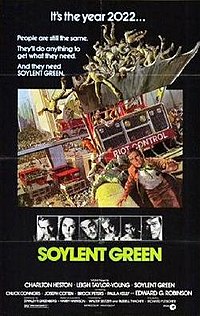As a result I end up working till ten, and since the weather is so great, I either meet friends or go to a movie after work. So here are the last two movies I've seen:
Into the Wild (2007):

A quick summary: A young man leaves his middle class existence in pursuit of freedom from relationships and obligation. Giving up his home, family, all possessions but the few he carried on his back and donating all his savings to charity Christopher McCandless (Emile Hirsch) embarks on a journey throughout America. His eventual aim is to travel into Alaska, into the wild, to spend time with nature, with 'real' existence, away from the trappings of the modern world. (more here!)
What it make me think (other than a renewed adoration of Sean Penn, the director) was moments of bliss in my life. We talked about several of them after the movie and there seems to be three trends:
1. when I feel that I meet a different version of myself: moving, travelling, transforming;
2. facing and embracing nature: I felt I could empathise with the main character. Nature heals, makes, threatens, shows one's limits, and most importantly "all good things are wild and free". Thoreau, Carson, Muir, and Leopold -some of which were mentioned in the movie- knew this. If I need to believe in a deity, it is the nature in its many forms. This doesn't exclude human relations, but sometimes requires some isolation, just so that one figures things out. Too much social interaction, particularly in its institutionalised forms, create mechanisms and networks of obligation, give-and-take, and hence compromise.
3. a caring and encouraging hand: being accepted as I am, including all possibilities of transformation.. being guided sometimes to things I have little knowledge and experience of.. the trust installed in me by the other... moments in which one notices how such care creates miracles (in the movie depicted with the sun shining over two beautiful people, quite similar to my experience) both in and around oneself are blissful. (hence my dislike of full-front challenges)

Alas, the second movie was an older one: Soylent Green, a 1973 dystopian science fiction movie depicting a future in which the greenhouse gas effect results in severe damage to the environment. This leads to widespread unemployment and poverty. Real fruit, vegetables, and meat are rare, commodities are expensive, and much of the population survives on processed food rations, including "soylent green" wafers. Old and not cinematographicly not very impressive, but worth watching for the possibilities it dwells upon.
.bmp)
.bmp)











